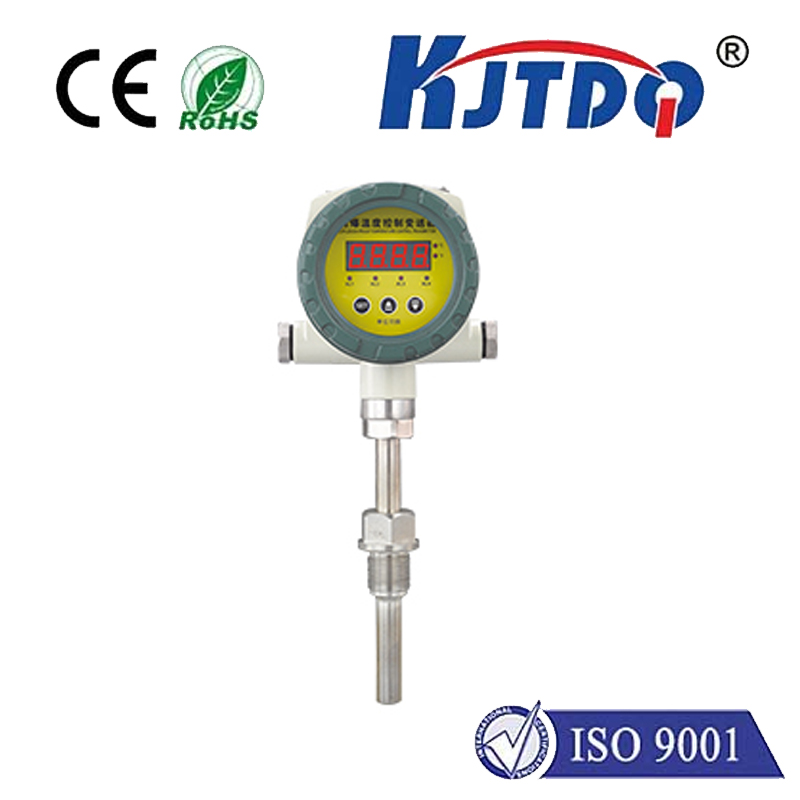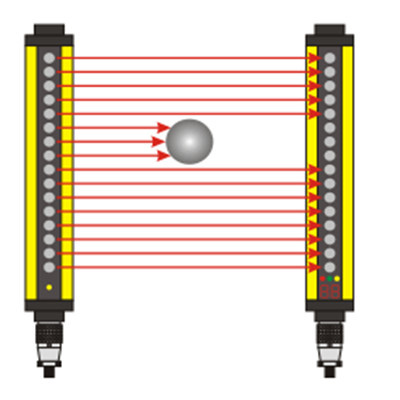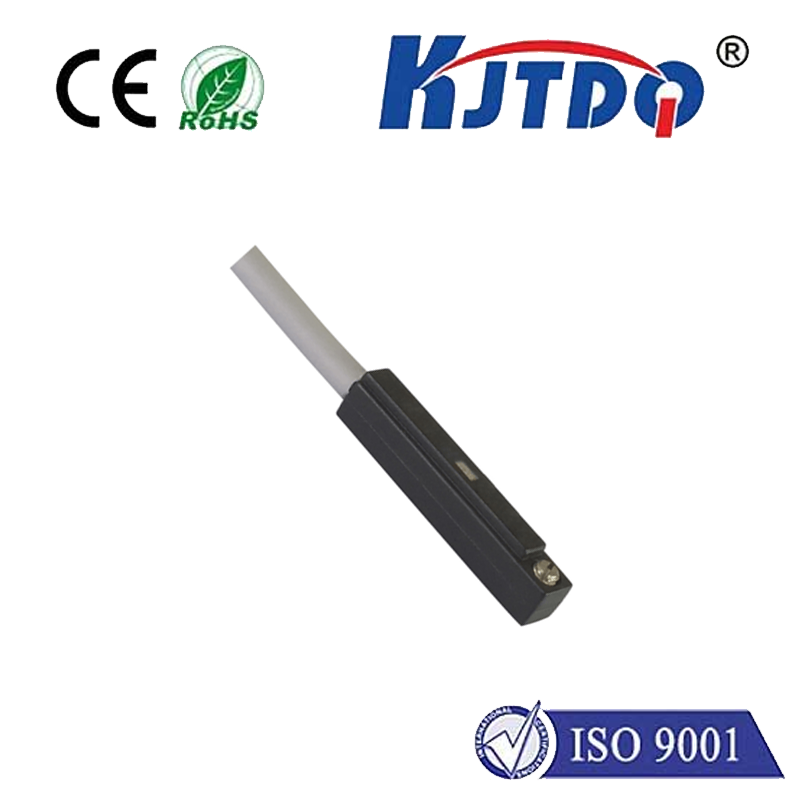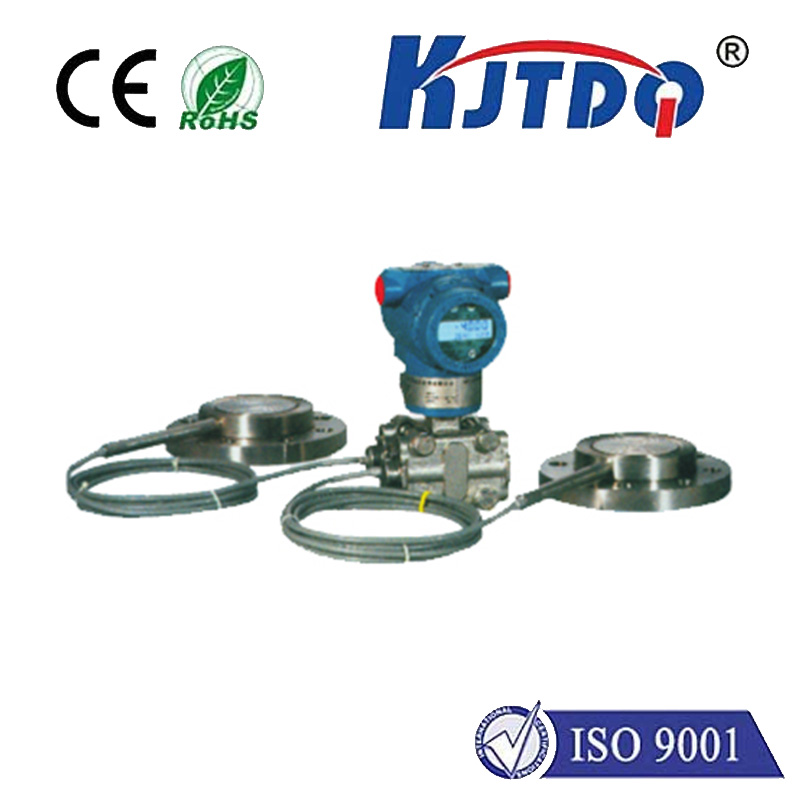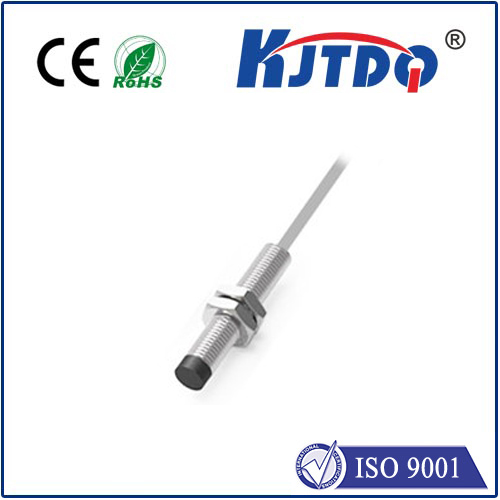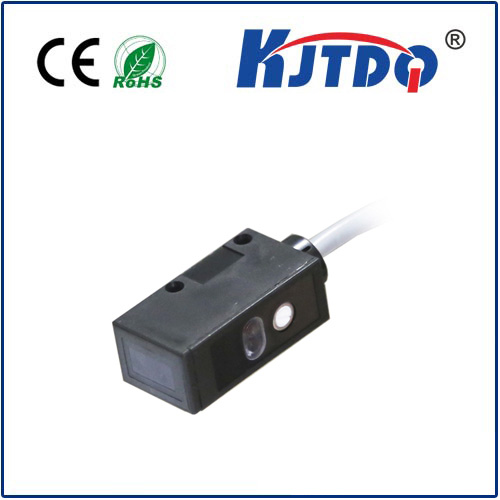
Проверка

Проверка

Проверка

Проверка

Проверка

Проверка
In a world demanding ever-increasing accuracy, how do industries ensure components fit with micrometer precision, surfaces meet exacting standards, or microscopic movements are reliably tracked? The answer often lies in a remarkably powerful yet elegant tool: the displacement laser sensor. These sophisticated instruments represent the pinnacle of non-contact measurement, offering unparalleled capabilities for precisely determining the position, distance, vibration, or thickness of a target object without ever touching it. From factory floors to cutting-edge laboratories, laser displacement sensors are the silent guardians of quality, enabling automation, enhancing safety, and driving innovation by delivering reliable, high-resolution data in real-time.
Understanding the Core Principle
At the heart of any displacement laser sensor lies a fundamental technique, most commonly optical triangulation. Imagine projecting a focused beam of laser light onto the surface of an object you wish to measure. The sensor doesn’t measure the distance directly like a tape measure. Instead, a high-resolution optical element, typically a position-sensitive detector (PSD) or a CCD/CMOS camera, observes the reflected laser spot. Crucially, the laser emitter and the detector are positioned at a fixed, known angle relative to each other (forming a triangle).
Here’s the magic: when the target object moves closer to or farther from the sensor head, the position of the reflected laser spot shifts across the detector’s surface. This shift is directly proportional to the change in the target’s distance. Sophisticated onboard electronics then analyze the spot’s precise position on the detector and, using trigonometric calculations based on the fixed geometry (the baseline and viewing angle), calculate the absolute distance or relative displacement with remarkable accuracy. This Лазерные измерения смещения process happens thousands of times per second, providing a continuous stream of precise data.
Key Features and Capabilities

Displacement laser sensors excel due to several defining characteristics:
Common Types and Applications
While triangulation dominates, other technologies like confocal chromatic measurement or interferometry also achieve laser displacement, often offering advantages for specific scenarios like transparent materials or nanometer-level resolution. However, triangulation-based sensors remain the most widely used workhorses in industrial settings.
Their applications are incredibly diverse:
Choosing the Right Displacement Laser Sensor
Selecting the optimal sensor involves carefully considering several factors:
Leading manufacturers offer extensive product lines with different models tailored for specific challenges. Consulting technical specifications and potentially testing against the actual application targets is highly recommended. Focus on finding the right balance of displacement sensor range, resolution, speed, environmental robustness, and sensor reliability for the specific need.
The Engine of Modern Precision
Displacement laser sensors have fundamentally transformed how we measure and interact with the physical world around us. By harnessing the power of light through precise optical triangulation or other advanced methods, they deliver accurate, fast, and non-contact displacement measurements critical to modern manufacturing, stringent quality assurance, automated processes, and scientific discovery. Their ability to provide real-time process control data, handle delicate or hazardous objects, and operate reliably in challenging environments makes them indispensable tools. As technology advances, these sensors continue to push the boundaries of what’s measurable, enabling innovations that demand ever-greater levels of precision and control.


